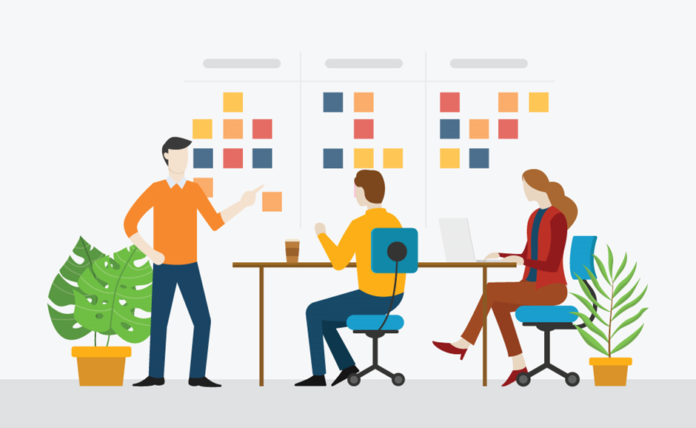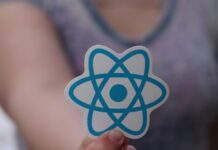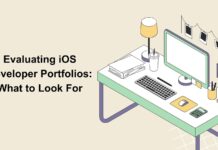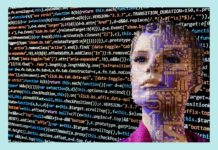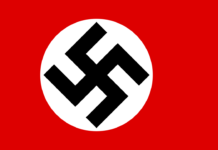Every product manager has their favorite methods when it comes to the development of new products. It’s important to make the whole process as effective as possible. And this is where discovery phase services can be of great value. The result of their work will be most likely approved by the target audience.
A brief guide to the product discovery process will make your routine more effective. Make sure you take all the necessary stages one by one.
Product discovery basics
A product discovery process requires an in-depth understanding of customers and building significant products for customers. As a result, development teams know which features need to be prioritized. They also know which principles of work need to be adopted.
A product discovery process reveals possible problems and perspectives. Designers and researchers have enough resources to create the best product. Otherwise, they may waste a lot of time and resources offering a solution that doesn’t work. This is why many companies refer to professional discovery phase services for better productivity.
Stage 1: Learn & understand
Once you have some thoughts about your product, you should proceed with user research. You should dive deeper into the world of your target customer. The more information you collect, the more customized product you are going to produce. A combination of customer interviews, focus groups, and personal insights can be a perfect source of product analytics data. During the analysis, you should keep your own mindset neutral no matter what.
Analyzing the competitive environment is one more opportunity to reveal new product opportunities. Just don’t borrow any ideas. Use them as a source of inspiration instead.
Stage 2: Define & decide
After detailed research, you can proceed with some patterns for the future product. Things won’t be perfectly smooth. Problems may occur here and there. So you need to transform them into hypotheses and pick one to create your new product.
Crafting solutions without understanding the problem is always a bad idea. It may take a few attempts to define what’s required for the business. Once you have the first pattern, you should think of possible improvements. This can be done after talking to target customers and conducting in-depth research. Eventually, you will eliminate the problems lying on the surface and leave those that require serious solving.
Stage 3: Ideate & prioritize
These discovery phase services for product development require brainstorming and collecting smart ideas. Then, you will need to prioritize the most significant ideas. This can be done using the given templates:
- Does it comply with your business goals?
- Is it relevant to your target customer?
- Do the numbers add up when solving a problem?
- Are customers and stakeholders asking for it?
- Would it be silly not to do it? And how do you arrive at this conclusion?
Now that all questions have been answered, you need some time to process the given information in your head. Make up the list of top ideas. Then, apply a prioritization framework for convenient assessment.
Stage 4: Prototype & test
Once a mock-up or MVP (Minimum Viable Product) is ready, you should test it before introducing it to a wide audience. Customer feedback will give you an objective opinion about your product by shedding light on its possible flaws. While testing with prototypes, you will find out the real value of your product.
- Rapid prototyping: What advantages are offered by your product?
- Prototype testing: How to make your next product launch rock?
- Remote usability testing: When and how can you create an effective test?
- Concept testing: How can you carry on with the right ideas?
Your prototypes and testing methods must be quick and affordable. If an idea fails, it fails in a short time.
Final words
The product discovery process is quite complicated. It doesn’t work without a proper understanding of the target audience and business expectations. Its goal is to bring as much value as possible to all parties.
Having the right people and resources on board can help initiate a decent discovery process. With strong evidence, you will make well-informed decisions about the product or service. If you do everything right, you will be satisfied with the final result.
Write and Win: Participate in Creative writing Contest & International Essay Contest and win fabulous prizes.


